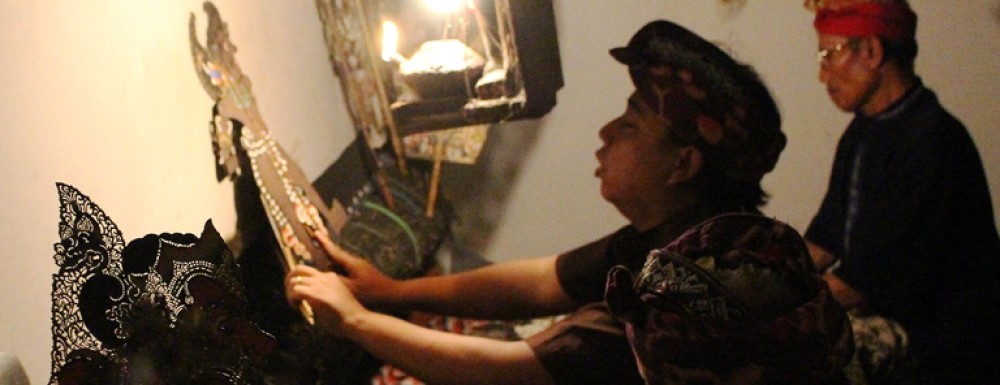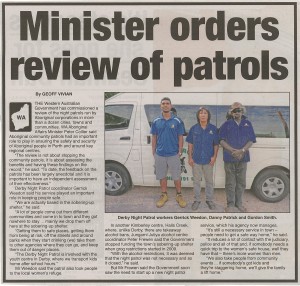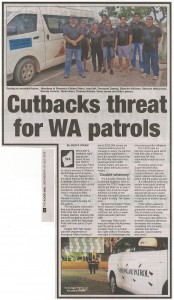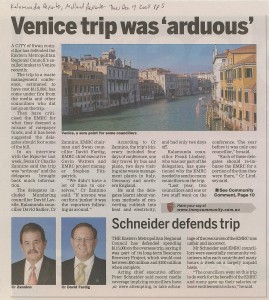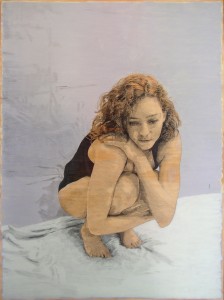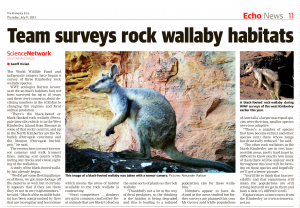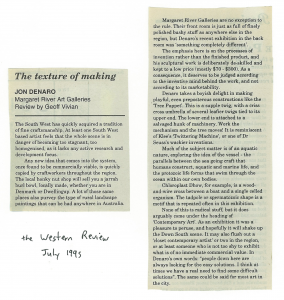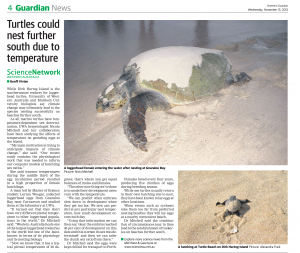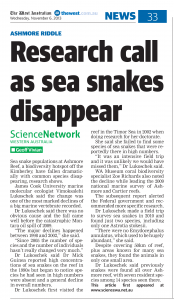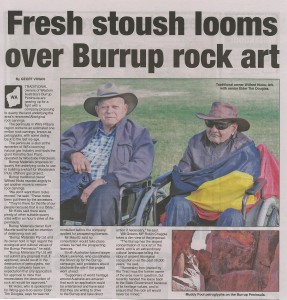Science Network WA
Text by GEOFF VIVIAN
THE CSIRO has been monitoring air quality at Lake Argyle in the Kimberley, and in Darwin and Jabiru in the Northern Territory, for 10 years.
CSIRO’s Dr Ross Mitchell says the research began because it became clear that aerosol has an important but poorly understood effect on climate.
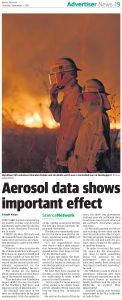
From Broome Advertiser
“What we’ve done is to provide the climate modellers with a very firm basis on which to build and test their models of how the fire regime and the subsequent emission of smoke aerosol can be realistically represented in the global climate models,” he says.
“The smoke that we are talking about comes from the seasonal burning of the tropical savannah.
“That includes the Kimberley region of Western Australia, the top two thirds of the Northern Territory, and adjacent areas of Queensland.”
Dr Mitchell says most of the fires are deliberately lit for land management, with the majority of the smoke generated during the late dry season between August and November.
This story first appeared in Science Network WA on Sunday 4 August 2013. You can read the rest of the article if you click here.
Broome Advertiser republished it on Thursday September 5 2013.
